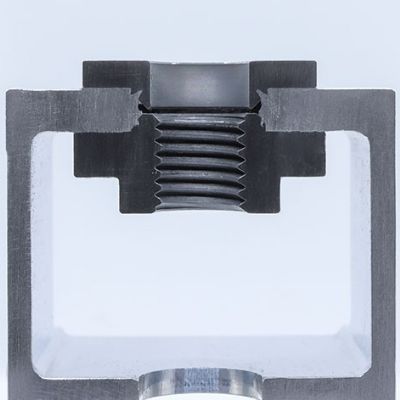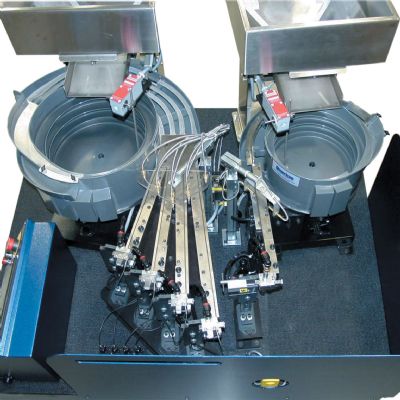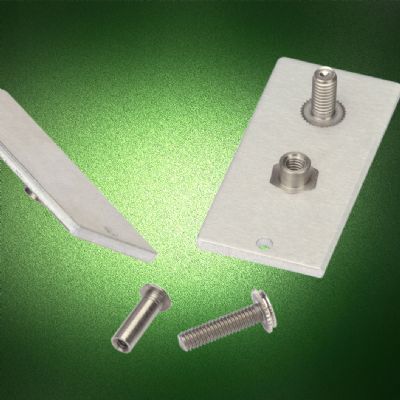 Peter Ulintz
Peter UlintzInformation-Laden Dies Require Your Attention
June 1, 2018Comments
Stamping dies can communicate important information to the press technician, die setter and toolroom personnel, so long as everyone is paying attention.
Progressive dies, for example, reveal process-related problems through the die strip. Analysis of the die strip can reveal the following:- Is the coil material feeding properly?
- Are pilots positioning the strip accurately?
- Is the pitch length increasing or shrinking compared to the programmed pitch length?
- Are stretch flanges splitting due to a mismatched cut?
- Are extrusions splitting due to misaligned punches?
- Is the die hitting too hard or not hard enough?
- Does the die hit level in all of the stations?
- Is die timing correct when the die is fully loaded? Do cutting clearances change when the die is fully loaded?
Listen Up
The sound produced by a stamping die may indicate that it’s time to investigate a potential problem or take immediate action. For example:
- Do pressure pads or stripper plates make slapping sounds when contacting the strip on the downstroke or make snapping sounds on the upstroke? If so, this could indicate that something has gone awry with the pressure system. Wire springs may have broken or nitrogen-gas springs may be leaking. Another possibility: The stripper plate tilts and binds due to improper setup or slugs under the stripper.
- Are there squeaking sounds when the die closes? If so, there may be a lack of lubricant on sliding surfaces, or binding of the pressure pads or guidance systems due to off-center loading.
Communicating Design-Related Problems
The amount of time required to produce a good part may be one way that the die communicates design-related problems. To test this, unload all of the die stations after achieving quality approval. For progressive dies, cut the strip, leaving the remaining material in the feed equipment. Remove the die assembly completely from the press and then reinstall it. Load all of the die stations, apply lubrication and begin running the press again.








